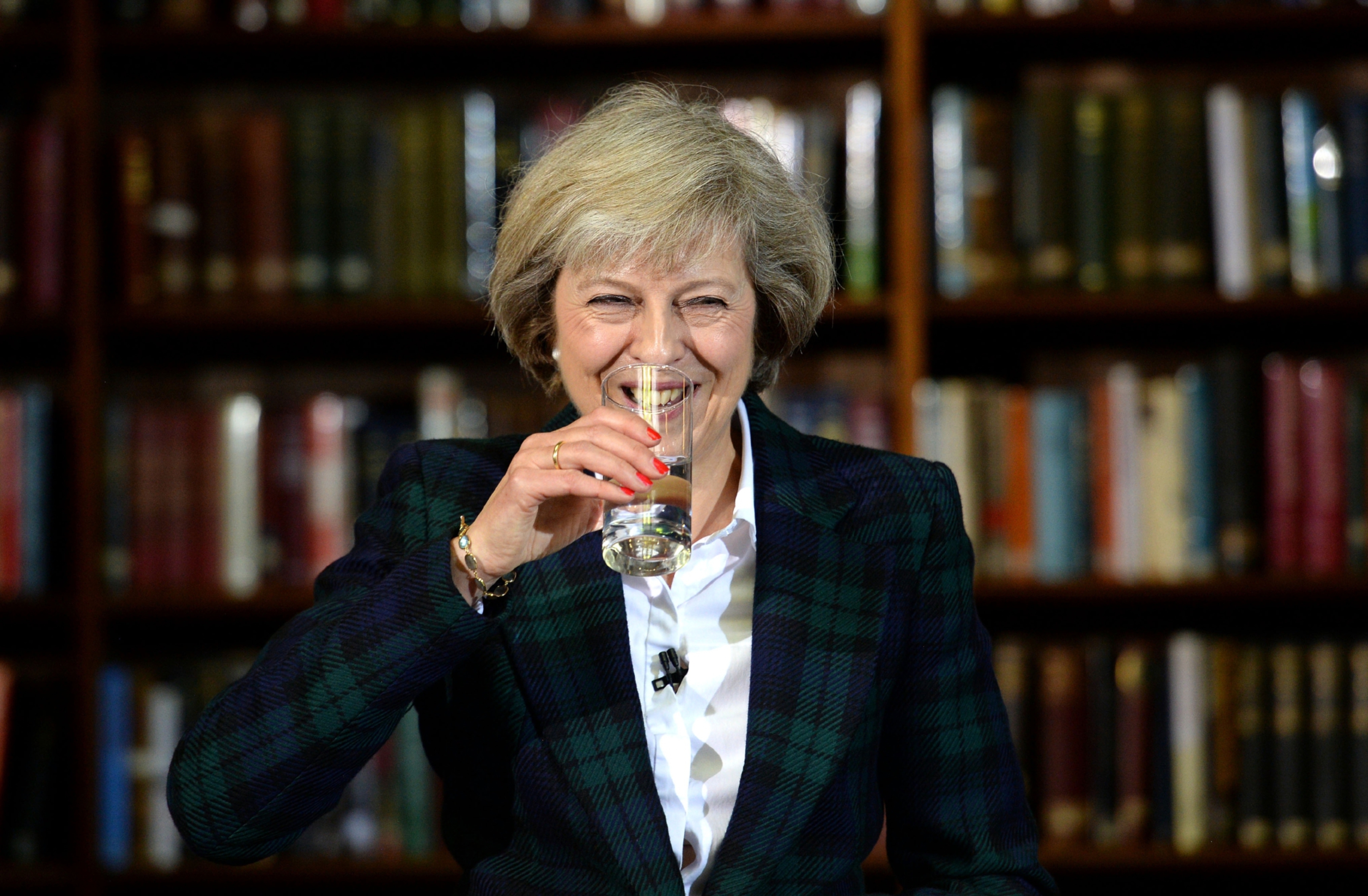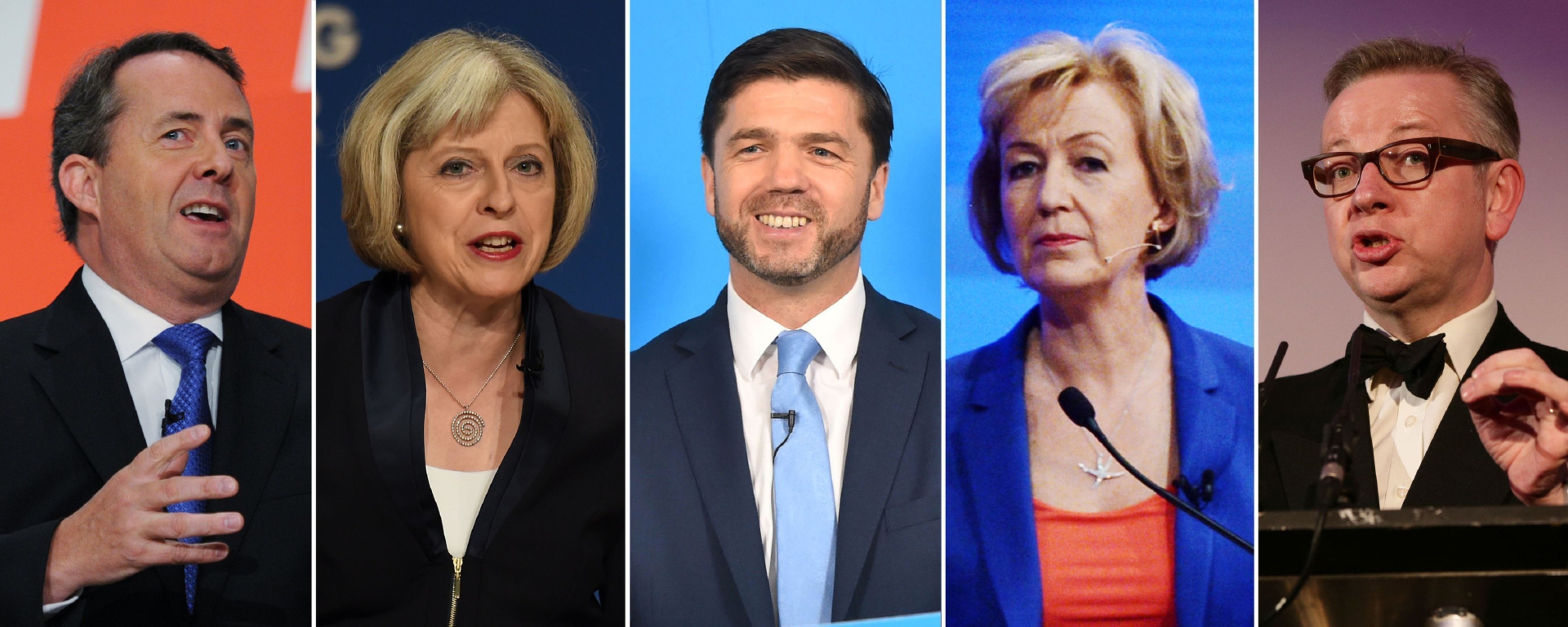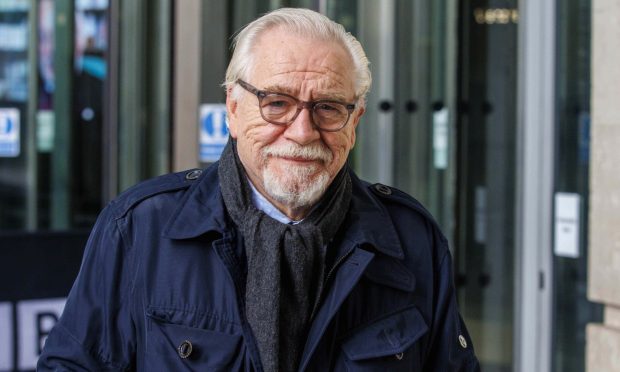Theresa May proved herself the frontrunner to be the next Prime Minister after a comprehensive victory in the first round of the Conservative leadership contest.
Former Defence Secretary Liam Fox crashed out after coming last in the primary stage of voting amongst Tory MPs before Work and Pensions Secretary Stephen Crabb pulled out having finished second bottom.
Ms May, the Home Secretary who is favourite to take up residence in 10 Downing Street, was backed by 165 of her party’s parliamentary group, half the total number of votes cast.
The result was announced after former chancellor Ken Clarke launched blistering assaults on the contenders.
Mrs May said: “I am pleased with this result and very grateful to my colleagues for their support today.
“There is a big job before us: to unite our party and the country, to negotiate the best possible deal as we leave the EU, and to make Britain work for everyone.
“I am the only candidate capable of delivering these three things as Prime Minister, and tonight it is clear that I am also the only one capable of drawing support from the whole of the Conservative party.
“I look forward to continuing the debate about Britain’s future – in Parliament and across the country.”
Previous first round winners include Mr Clarke in 1997, Michael Portillo in 2001 and David Davis in 2005, none of whom went on to actually become Tory leader. Margaret Thatcher, however, was victorious in 1974’s primary stage with 53% of the vote.
Work and Pensions Secretary Mr Crabb decided to drop out after being backed by 34 MPs.
Both he and Dr Fox He then gave their backing to Ms May.
Mr Crabb said his cabinet colleague had his “wholehearted support”, describing her as “the only one candidate in a position to unite our party and lead a strong and cohesive government”.
Former Defence Secretary Dr Fox came last in the ballot, receiving just 16 votes.
It is the second time the Glaswegian has stood for the top job, having also missed out when David Cameron rose to power in 2005.
He said he was “disappointed” to be knocked out but expressed no regrets about standing in the contest.
Dr Fox added: “It is essential that (the next prime minister) have an understanding at the top levels of government and of international affairs, and how the process in Whitehall operates.
“And for that reason I have decided to give my support to Theresa May. I intend to work closely with her, to campaign for her and I’m sure she’ll be a very fine prime minister of this country.”
Andrea Leadsom, the Energy Minister who has risen to prominence since backing Brexit, received 66 votes in the contest.
Justice Secretary Michael Gove gained 48 after being accused of betraying Boris Johnson by standing for the leadership.
It is understood Mr Cameron did not vote on who should replace him as leader of both his party and the country.
Allies of Mr Gove said he would not drop out of the contest, despite trailing fellow Brexiteer Ms Leadsom in the ballot.
Any of the candidates can withdraw before 9am on Wednesday. Another round of voting will take place on Thursday with the MP with the fewest votes dropping out again.
Conservative Party members will be given the opportunity to decide who leads their party once the number is reduced to two. A result will be declared in September.
Earlier, in apparently unguarded remarks broadcast by Sky News, Mr Clarke described Ms May as “a bloody difficult woman”, said Mr Gove would take the country to war on three fronts, Boris Johnson would make a “ridiculous” prime minister, and Leave campaigner Ms Leadsom did not really believe in Brexit.
Speaking to former foreign secretary Sir Malcolm Rifkind while still wearing a live Sky News mic at the broadcaster’s Westminster studio, Mr Clarke described the situation as a “fiasco”, and said he would probably end up voting for Mrs May, after giving support to Work and Pensions Secretary Steve Crabb in the early stages of the contest.
But he added: “She doesn’t know much about foreign affairs.”
Ken Clarke's office have been urging him strongly to complain about his comments being broadcast. His response: nah, its what I think anyway
— Anushka Asthana (@GuardianAnushka) July 5, 2016
The ex-Cabinet minister said of Ms Leadsom: “She’s not one of the mindless, tiny band of lunatics, who think we can have a sort of glorious economic future outside the single market.
“So long as she understands that she is not to deliver on some of the extremely stupid things that she’s been saying.
Ken Clarke caught on camera saying what everyone else is thinking.
— Have I Got News For You (@haveigotnews) July 5, 2016
Although both Tory grandees were disparaging about Mr Gove, Mr Clarke did praise him for ruining Mr Johnson’s leadership bid, adding: “The idea of Boris as prime minister is ridiculous.”







